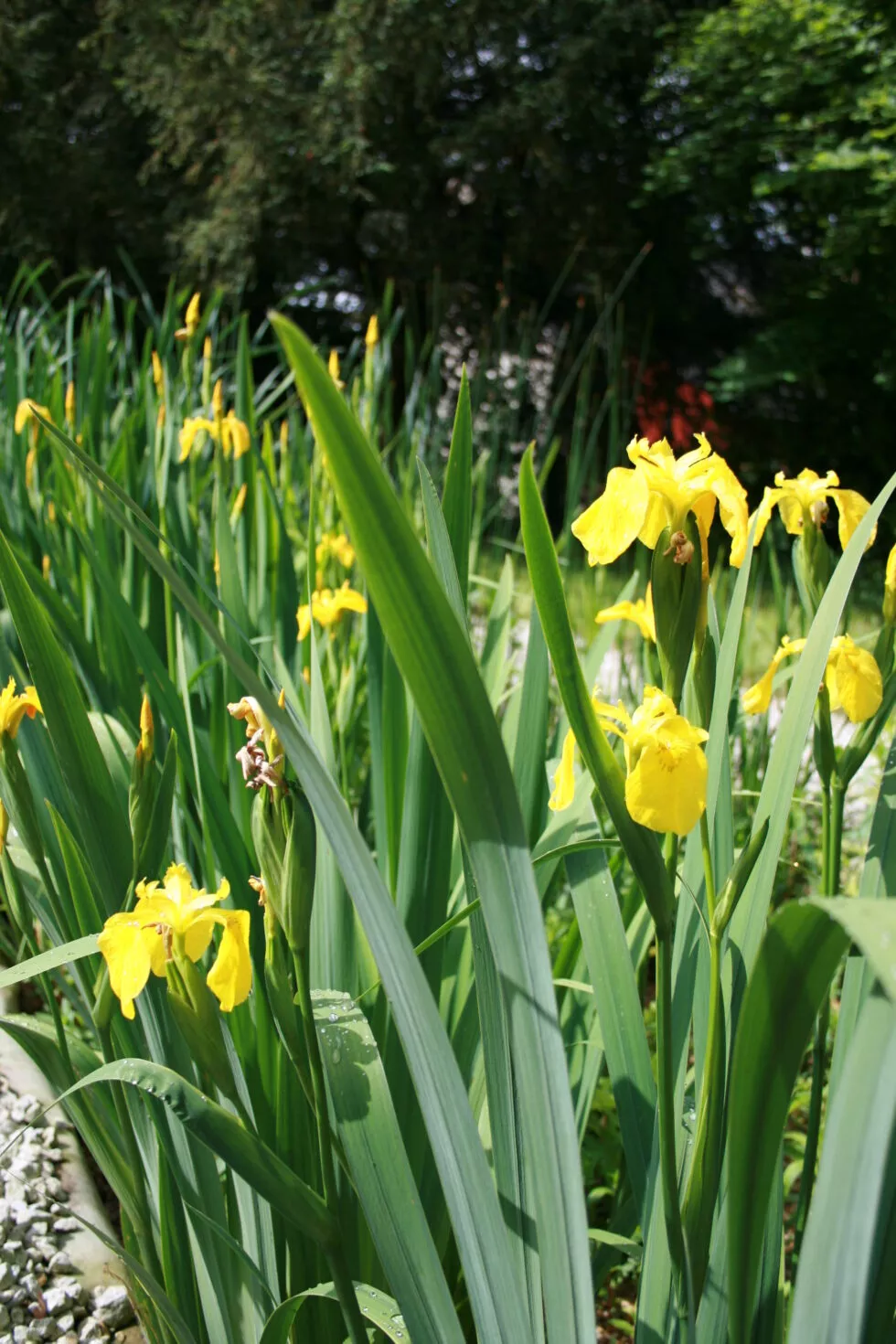Interview: Do you have to have green fingers?

In a world where sustainability and ecological solutions are increasingly essential, the Sanitation Garden is emerging as an attractive option for wastewater treatment. For it to function efficiently and blend harmoniously into the landscape, regular and careful maintenance is essential. This raises the question: do you need green fingers to maintain such a system?
The importance of maintenance
The Sanitation Garden is designed to treat wastewater naturally using plants. This self-contained ecosystem functions effectively thanks to a series of biological and physical processes, but its sustainability depends on proper maintenance.
Proper maintenance not only guarantees the functionality of the device but also contributes to its visual integration into the surrounding landscape. Indeed, the Sanitation Garden is not only a utilitarian tool, but also a landscape element that embellishes your outdoor space.
The basics of maintenance
Maintaining a Sanitation Garden is important to ensure its effectiveness and sustainability. Although the system is designed to be self-sustaining, regular maintenance ensures that the natural processes continue to function unhindered. Here is a detailed guide on the basics of maintenance, covering the essential steps at different times.
Visual inspection and weeding during the first year
The first year of a Sanitation Garden is undoubtedly the most important in terms of maintenance. Between March and October, a monthly visual inspection is recommended to assess the general condition of the installation. This inspection allows the detection of weeds that could take hold and overtake the plants essential to the proper functioning of the system.
Monthly weeding is a key operation. If left unchecked, weeds can smother plants, disrupting the balance of the system. Weeds can be easily removed with simple gardening tools, such as a weeding knife or a hoe. This task is essential to ensure that the Sanitation Garden thrives from its first year.
Year-on-year maintenance
- Weeding
After the first year, weeding remains an essential activity, although it may be less frequent. Each year, at the beginning of the growing season, usually in the spring, manual weeding must be carried out. This allows weeds to be removed before they become established. Certain undesirable plants, such as bindweed and woody plants, require special attention. The latter can not only compromise the efficiency of the filter but also alter the aesthetics of the garden.
- Mowing
Mowing is a maintenance technique that consists of cutting the stems and dead leaves of plants. At the end of winter, this operation is vital to prepare the garden for the new growing season. By cutting the dead parts at about 5-10cm above the surface of the gravel, the growth of new shoots is stimulated. A pair of secateurs or shears is generally used for this task. The cuttings can be collected to be composted or used as mulch at the base of the trees, thus contributing to the ecological sustainability of the garden.
Maintenance every 10 years
- Sludge management
Every ten years or so, particular attention must be paid to sludge management. Over time, sludge forms on the surface of the planted filter, resulting from the decomposition of organic matter treated by the system. This sludge must be removed to prevent it from impairing the functioning of the filter.
Use a claw or rake for this task. The removed sludge should not be considered as waste. It is rich in nutrients and can be deposited on a composting platform. Once composted, it can be reused to enrich the soil, thus closing the recycling cycle of organic matter.
Expert intervention
For those who prefer professional support in the maintenance of their water treatment system, Aquatiris experts are available to offer a full range of advice and services. These personalised services can include flexible maintenance contracts which include not only regular visits to check that the system is functioning properly, but also essential activities such as cutting plants and weeding to ensure optimal performance.
Depending on the specific needs of your system and your personal preferences, these professional services can be adjusted to suit your requirements. The costs associated with these services, which vary according to the complexity of the system and the frequency of visits, generally range from €100 to €300 per year (excluding all taxes) (average observed). This fee ensures that your system remains in perfect condition while offering you the peace of mind that comes with regular and professional maintenance.
Conclusion
Maintaining a Sanitation Garden does not require you to be a gardening expert. By combining ecological and aesthetic practices, this system offers a sustainable solution for wastewater management. Whether or not you have green fingers, the important thing is to follow a well-defined maintenance plan to ensure the proper functioning and longevity of your garden. With a little attention and possibly the help of experts, your Sanitation Garden can become a valuable asset to your outdoor space, while contributing to a greener and more sustainable environment.

